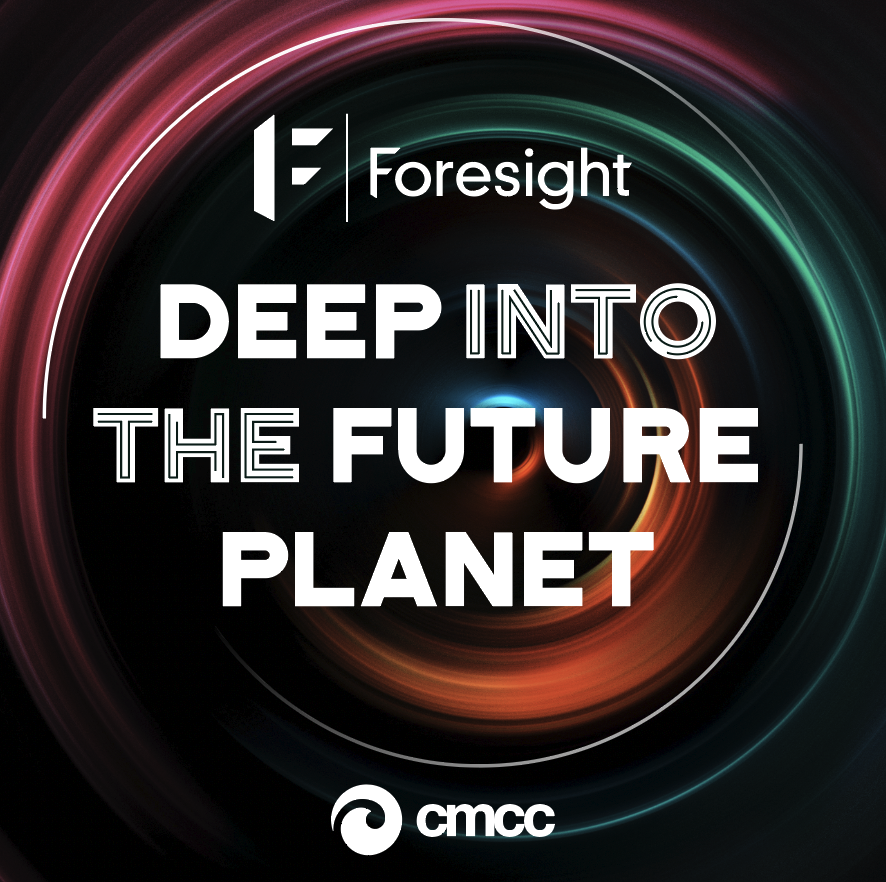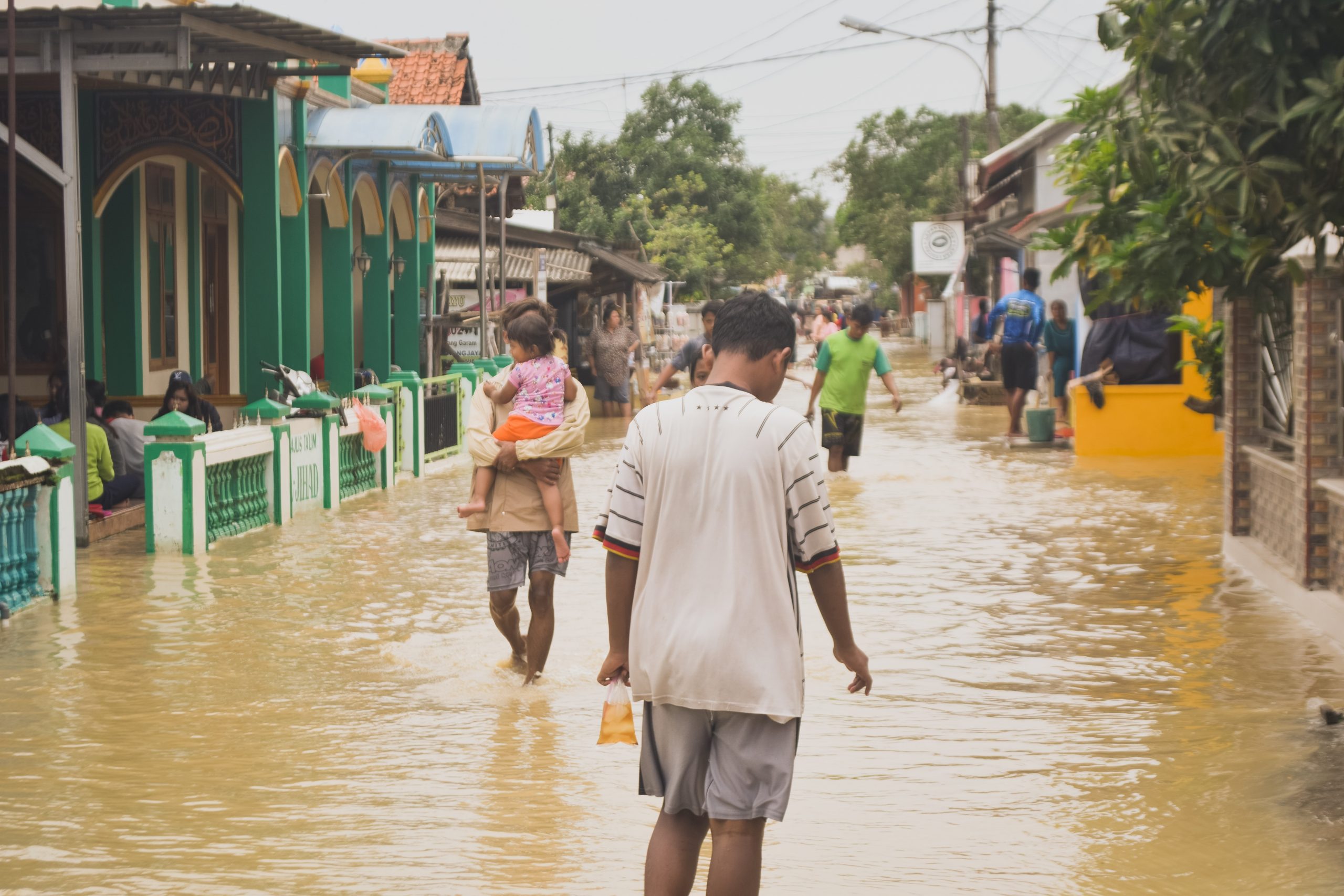Once a year, delegations from all over the world gather to discuss global actions against the climate crisis. It is the Cop, one of the most longed-for appointments in the global effort to limit global warming as close as possible to 1.5 degrees Celsius above pre-industrial levels.
But how do we get there? What happens behind doors when scientists, delegates, and politicians from all over the world meet, discuss and decide?
In this episode, we enter into the complicated world of official climate reports and negotiations.
Lucia Perugini, part of the Italian Delegation during the UNFCCC negotiations, Shouro Dasgupta, contributors to the Sixth IPCC report and the Lancet Countdown report, and Leo Hickman, science journalist and Director of Carbon Brief, guide us into the room of a COP negotiation, through the delicate writing of official climate reports, and then into the process of conveying these crucial and yet complex results to people all over the world.
From their specific perspectives, they explain the reasons why any negotiation is important, any agreement can make a difference in fighting the climate crisis, the most important challenge we face as humanity today.
Foresight – Deep into the Future Planet, a podcast produced by the CMCC and FACTA.
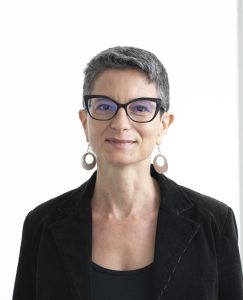 Lucia Perugini is a senior scientific manager at CMCC, PhD in forest ecology with a scientific background in forestry and climate change. Since 2003, she has been involved in the UNFCCC negotiations, providing technical and scientific support to the Italian Delegation on issues related to agriculture, LULUCF and REDD+. Her research activity is focused on the link between the scientific and policy communities in several EU Funded research projects (EU FP7 project LUC4C 2013-2017; ongoing H2020 project: VERIFY; COCO2 and PARIS-REINFORCE). Between 2003 and 2007, she was actively involved as a forestry expert in various international projects as a team leader or as a forest carbon sequestration expert within AR CDM project development activities at several stages. Amongst others, she worked in China, Argentina, Mozambique, Ghana, Montenegro, Macedonia and Serbia for the Italian Ministry of Environment and Territory, in Albania and Ukraine within BioCarbon Fund projects, in Albania again with the World Bank and in India within an EU funded project in Haryana. She is currently the Italian representative at Working Group 5 at the EU Climate Change Committee on “Implementation of the LULUCF Decision and policy development of the land use, land use change and forestry sector (529/2013)”. GEO Programme Board alternate representative for Italy, since July 2020, she is chairing the sub-Group on Mitigation of the Climate Change Working Group at GEO.
Lucia Perugini is a senior scientific manager at CMCC, PhD in forest ecology with a scientific background in forestry and climate change. Since 2003, she has been involved in the UNFCCC negotiations, providing technical and scientific support to the Italian Delegation on issues related to agriculture, LULUCF and REDD+. Her research activity is focused on the link between the scientific and policy communities in several EU Funded research projects (EU FP7 project LUC4C 2013-2017; ongoing H2020 project: VERIFY; COCO2 and PARIS-REINFORCE). Between 2003 and 2007, she was actively involved as a forestry expert in various international projects as a team leader or as a forest carbon sequestration expert within AR CDM project development activities at several stages. Amongst others, she worked in China, Argentina, Mozambique, Ghana, Montenegro, Macedonia and Serbia for the Italian Ministry of Environment and Territory, in Albania and Ukraine within BioCarbon Fund projects, in Albania again with the World Bank and in India within an EU funded project in Haryana. She is currently the Italian representative at Working Group 5 at the EU Climate Change Committee on “Implementation of the LULUCF Decision and policy development of the land use, land use change and forestry sector (529/2013)”. GEO Programme Board alternate representative for Italy, since July 2020, she is chairing the sub-Group on Mitigation of the Climate Change Working Group at GEO.
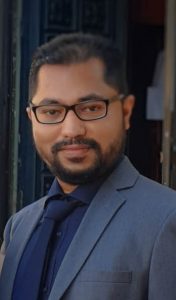
Shouro Dasgupta is a Researcher at Fondazione CMCC and RFF-CMCC European Institute on Economics, and the Environment and a Lecturer at Università Ca’ Foscari Venezia. His main research interests include studying the impacts of climate change on labour, food security, health, and inequality at multiple spatial scales. His research contributes to advancing knowledge on socioeconomic impacts of climate change, identifying hotspots and vulnerable populations, and supporting the design of tailored policies to mitigate and adapt to these impacts. Shouro teaches courses on Statistics, Economics, and Econometrics at both undergraduate and graduate levels at Università Ca’ Foscari Venezia. He holds a PhD in Science and Management of Climate Change from the Ca’ and an MA in Economics from the University of New Hampshire.
.
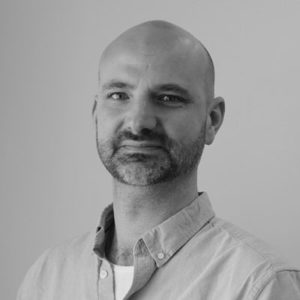 Leo Hickman is Director and Editor of Carbon Brief. He previously worked for 16 years as a journalist, editor and author at the Guardian newspaper.
Leo Hickman is Director and Editor of Carbon Brief. He previously worked for 16 years as a journalist, editor and author at the Guardian newspaper.
Before joining Carbon Brief, he was WWF-UK’s chief advisor on climate change. In 2013, he was awarded an honorary doctorate by the University of Exeter in recognition of his journalism.
His books include A Life Stripped Bare, The Final Call and Will Jellyfish Rule the World?
Podcast transcript
[DEMONSTRATIONS’ FRAGMENTS]
“We will change! We will change! We will change!
“You must be uttern idiots if you are wondering why we are striking! Like look around you…”
“We must demand that our leaders treat the climate crisis like a crisis…”
In the global effort to fight the climate crisis, there are some strongly longed-for appointments. The main one is the publication of the IPCC reports. They are born from the revision of thousands of scientific papers by hundreds of scientists, and are published every few years. Other special reports on specific issues are coming out every year.
And then there are the actual negotiations, such as those taking place at the COP. This year, COP27 is happening in Egypt.
I am Giulia Bonelli, science journalist, and this is Foresight – Deep into the Future Planet, a podcast produced by the CMCC Euro-Mediterranean Centre on Climate Change and FACTA.
LUCIA PERUGINI: “The UN process is a peace process. It allows to have all the world sitting around the table and speak and find a solution.”
LEO HICKMAN: “All these subjects, which are hugely important, need a lot of unpacking and a lot of explaining and a lot of analysis.”
SHOURO DASGUPTA: “The future of climate negotiations is transparency. We do need to be more open about what has happened and how not taking action will affect the most vulnerable people. That’s the future.”
Today we enter into the complicated world of official climate reports and negotiations. We usually see only the results, thousands of pages neatly stuck in very thick documents that become the basis of agreements signed by many countries after days and days of negotiations.
But how do we get there? What happens behind doors when scientists, delegates, and politicians from all over the world meet, discuss and decide?
LUCIA PERUGINI: “We always say that a good outcome is the one that makes everybody unhappy at the same level.”
Lucia Perugini is Senior scientific manager at CMCC. Since 2003, she has been involved in the UNFCCC negotiations, providing technical and scientific support to the Italian Delegation about agriculture, forestry and other related topics.
LUCIA PERUGINI: “I support the Italian delegation on the scientific perspective on agriculture, forestry, and other land uses. So, I take part in this subsidiary body negotiations.
The technical negotiation is undertaken under the subsidiary bodies. If we manage (as scientific and technical support to the Conference of Parties), if we manage to solve in that phase and to provide a clean text to the ministers, then it’s quite straightforward because then ministers just approve the text that has been agreed. If we don’t manage to finalize, then we can provide ministers with options. And then, the process is brought from a technical to a strictly political level where ministers need to negotiate the different options among themselves, and they might also come out with a different solution. And that happened, actually. So once is in the hand of the ministers, then all of them need to agree. It is a consensus process, so there is a need for full consensus for a decision to be approved. So only one country could block the process completely. And this actually occurred in the past. For example, in Copenhagen, in 2009, the Copenhagen Accord couldn’t be approved for one country, blocking the process. So it happens that one single country could actually stop everything.”
Between the end of 2021 and the beginning of 2022, the IPCC published its Sixth Assessment Report. Shouro Dasgupta, an environmental economist at the CMCC and a visiting fellow at the London School of Economics, is one of the contributors to the Sixth IPCC report and the Lancet Countdown report. Both reports are used as evidence-based in the negotiations process at the COP, and then by policymakers to improve existing policies. We asked Shouro Dasgupta to unveil the working strategy behind the building of a report.
SHOURO DASGUPTA: “One way we face this is by working in a very interdisciplinary setting. Our work involves climate modellers, some of whom are physicists, and environmental chemists. We take the data that they produce, whether it’s historical climate change or of course, the scenarios they generate for future climate change, and then as social scientists and big data analysts, to some extent, we combine exposure data or outcomes data, whether it is a food insecurity at the subnational level or human health or labour supply at the individual level or at the household level. We combine layers and layers of data to understand how different climatic stressors, whether it is a increasing mean temperature or an increase in the frequency of heatwaves or frequency of droughts. How all together they affect a health outcome in the context, let’s say, of respiratory incidence of respiratory diseases or mortality from respiratory diseases. We try to, of course, use robust science. But our goal is also to ensure that the science is communicated in a way that is easy to understand for not just the policymakers, but also the general public.
The way we deal with all the complexity is by transparency is by following an interdisciplinary approach to all this work. And of course, to acknowledge that the science is set, but different viewpoints from the different disciplines do need to be incorporated and respected while producing results or findings that will be used in the negotiation process.”
Understanding this report’s real meaning and impact requires a lot of work, says Leo Hickman, science journalist and director of Carbon Brief, a digital publication entirely dedicated to climate science and climate policy. Once the climate reports are published, not only do they become the basis for negotiations and policies. They are also crucial for public awareness. That’s why making the contents of these reports available to diverse audiences is a key issue. Carbon Brief, launched over ten years ago, made climate explaining its central core of activity. Its audience is not the lay public.
On the contrary, it is made up of people who are already interested and informed about the climate topic, such as journalists, policymakers, and activists. People who can act on the basis of that information. So, Carbon Brief is talking to those who can further inform or translate those contents into actions, policies, and strategies. Leo Hickman tells how they ensure that scientific information is properly conveyed to their specific audience.
LEO HICKMAN: “And what we try to do at Carbon Brief is go deeper than most other mainstream journalism in explaining climate change. And explaining is an important term there because we don’t really report on climate change, we don’t comment on climate change, we try and explain it using data and in-depth type of journalism where it’s very important for our audience that they have that level of explanation because they tell us that they can’t find that within mainstream media, that they want this kind of bridge between academia and mainstream journalism. So let me give you an example of that. And this goes back to the Paris Agreement, which was signed in 2015. In the run-up to that, there was a lot of talk about this potential, you know, U.N. agreement having something within it called the “ratchet mechanism”, a very technical kind of part of the negotiations and part of the framework of the Paris Agreement. And not many journalists and not many people, to be honest, really understood what was really meant by the ratchet mechanism. So at Carbon Brief, we decided to write a really long article explaining the ratchet mechanism, which sounds incredibly boring and dry and not very inviting in terms of, you know, clicking on that headline.”
But addressing the apparently most “boring and dry” topics is key to having access to those reports that, as we said, are the basis of many decisions. So, let’s try and enter in the room of a COP negotiation, for instance. How is science used during these meetings? Shouro Dasgupta is also taking part in negotiations as a member of the Burkina Faso delegation. And he offers a straightforward example of how science can be used as leverage during a negotiation.
SHOURO DASGUPTA: “Science plays a big role in these negotiations. And for my experience, I’m involved in two scientific processes that contribute to these negotiations. One is through the IPCC report, the sixth report, which warns in its strongest storm yet that human activities have unequivocally warmed the planet and that climate change is now widespread, rapid and intensifying. So that is one. The second is that I work very closely with the Burkina Faso delegation. As you know, Burkina Faso is one of the most vulnerable countries to climate change, along with Bangladesh, where I am originally from. So what we are trying to do is produce robust research that can be used by the Burkina Faso government, policymakers and decision-makers to change or improve policies at the local level in the context of human health, the context of the labour force, in the context of food security, but also so that they can take this information that we give to them to the COP negotiation process and use this as leverage, as scientific evidence, as robust evidence for the loss and damage debate, for example.”
During the COP, delegations from all over the world gather to discuss global actions against the climate crisis. The COP is organized within the UNFCC, the United Nations Framework Convention on Climate Change, adopted by 198 countries back in 1992. Under the convention, two major milestones have been achieved: the Kyoto Protocol, signed in 1997, and the Paris Agreement, signed in 2015. The main goal of the Paris Agreement is to limit global warming as close as possible to 1.5 degrees Celsius above pre-industrial levels.
The COP is attended by well over 20.000 participants, between scientists, national delegations, policymakers, NGOs and civil society.
But what happens at the COP? Shouro Dasgupta tells us that the process begins much earlier than the COP’s opening date.
SHOURO DASGUPTA: “Often negotiations actually start far before then the parties meet at COP. The COP is the supreme decision-making body of the convention. All the states that are parties to the convention are represented at COP, as it was last year in Glasgow and as it will be this year in Sharm el Sheikh. During COP, the parties review the implementation of the convention and any other legal instrument. That the COP adopts or has to take decisions that are necessary to promote the effective implementation of the convention, including any institutional decisions or administrative arrangements. A key task at COP when the parties meet is to review the national communications and emission inventory submitted by the parties. Based on this information, one of the key negotiation processes involves the COP assessing the effect of the measures taken by the parties and the progress made, especially in the context of the Paris Agreement. And, of course, science plays a very key role.
One of the challenging issues is actually getting parties to agree to the text. Previous COPs have been criticised for not listening to science and not taking enough action or being just slow compared to the scientific community. And that’s why the COP now has a subsidiary body for scientific and technological advice and, of course, different bodies for implementation, both of which provide some guidance and advice regarding whether it’s UNFCCC, the Kyoto Protocol, and of course, most importantly, the Paris agreement on this.”
During the UNFCCC negotiations, delegates can have something like 60 agenda items to discuss. This needs a massive effort from all the people involved. The main challenge is finding a common language, which must be strived both at the formal and informal levels.
LUCIA PERUGINI: “Negotiation is relationships that are occurring within the room but also in the corridor. And I would say that probably the negotiation and the discussions that are occurring in the corridors are the most important. Is there that all that mutual comprehension and exchange are built. And also mutual trust sometimes is built as well. And where the real discussion is taking place among the delegates. It’s the most important part of the negotiation. Then in the rooms, all these discussions are emerging or coming up again.”
SHOURO DASGUPTA: “Every year, we bring the parties to the table, but the progress is very fragmented. We still have to acknowledge that some countries will find it very difficult to reduce emissions, especially the low and middle-income countries, for which adaptation of climate finance needs to be set out, established and paid actually for them to prosper and to reduce emissions. All in all, the collective assessment takes inputs on equity into consideration and of course, makes use of the best available science in our cross-cutting manner. All this makes the entire process often very slow often very frustrating, especially from the viewpoint of the most vulnerable countries, because parties have to agree on every single word and comma and, of course, full stops.
During negotiations, even a single term, a word, a comma can be interpreted in different ways. And sometimes hours need to be spent on these apparently tiny differences.
LUCIA PERUGINI: “We can spend even a week on a comma. And this has happened because a comma could change everything in the text. And sometimes, as I was saying before, sometimes meeting outside the room and trying to find a solution together also is a way to overcome the difficulty of a different language perspective – interpretation of the same word, of the comma. Sometimes this comma may deeply change the sense of the sentence. So it’s not just a comma, it is a concept that is completely different. In that case, sometimes you need to move out from that specific sentence and try to find a solution. And this is the most challenging part of the process.”
SHOURO DASGUPTA: “I’ll give you one example of how drawn out or how difficult the negotiations can be. During the Paris Agreement, one single word almost jeopardised the whole situation. The word was “ought”. The word “ought” has a legal definitive meaning in the US and the U.S. wanted to change that and eventually the word was changed from “ought” to ensure that the US signed on to the agreement. The process is very drawn out. It’s very long. It can be very frustrating, but it does involve the people, the parties that are at the heart of tackling climate change, the policymakers, the scientists, the people in charge of implementation, and, of course, the relevant stakeholders.
But we might not imagine that negotiation is also an intense physical exercise. Delegates sometimes work for hours without eating or drinking, or even sleeping. Lucia Perugini brings us into the rooms with her and other delegates, showing what it means to stay there and try to find a solution that makes everybody happy enough.
LUCIA PERUGINI: “We need to consider that this negotiation can go over night and day by day. There are a lot of hours and hours of discussion, and this means that you’re not eating properly, you’re not sleeping properly. And this also affect the results, because at the end of the story, some delegates may also come to an agreement, even because they are hungry or they need to sleep. And this is actually the case at the end of a never ending negotiation that you at the end give up because you are just tired and you want to just drink or go to the toilet.
Just to give you an example, within the IPCC negotiation, with the approval of the Working Group 3 report, we had nearly, I think it was 30 hours of negotiation, nonstop negotiation. Every 3 hours we had 2 hours for resting, and then again 3 hours of negotiation. And that was even more tiring because it was online: and so we were at home, but actually living in another universe. The negotiation with your kids and family around… You were there, but you couldn’t be there. So for two days you were just stuck in a room – if you had the possibility to have a room. Some people were also locked in the bathroom in the night not to disturb the family. And that was very exhausting. But at the end, we approved the summary for Policymaker for the Working Group 3 report.”
Such a long, complex process. To a non-expert looking from outside, that might appear a huge effort just for small steps ahead. But any step is essential; any agreement makes the difference. And there is one point everybody agrees on. We need to go forward; we need to work on producing more science, more negotiations, and more communication. The fight against the climate crisis is the most important challenge we face as humanity today. And we cannot afford to stay put and not push ahead. Leo Hickman, Lucia Perugini and Shouro Dasgupta, each one from their specific perspectives, have no doubts about it. The future is here, requiring exactly this amount of energy and even more.
LEO HICKMAN: It’s vital because you have this fundamental truth, really, of climate change, which is that the people who are least responsible for it are now the most vulnerable to climate change. So the least developed, the poorest nations on Earth have done the least polluting, and yet they are now vulnerable to the biggest effects of climate change. There’s a huge kind of moral question and in a way, an injustice that hangs over how the world now responds to climate change. And to put it very, very simply, the richer, richer countries which have historically polluted the most now have a moral responsibility to effectively pay for and help the poorest nations adapt to climate change as best they can, but also, you know, to compensate them for damage done where, you know, what people refer to as loss and damage within climate change.
LUCIA PERUGINI: “The U.N. process is a peace process. It allows to have all the world sitting around the table and speak and find a solution. And it’s actually slow, but it’s a process of peace. And the alternative is the war. Because if we are not talking together, we are not finding a solution. And this takes time, and probably the solution that the UN process is not perfect, but as a old negotiator used to say, a snowball doesn’t need to be perfectly round to roll down the hill. And so we need to be happy with our snowball and keep the process going, although not perfect.”
SHOURO DASGUPTA: “I’m going to say hope. I am very hopeful. We do have to give out positive messaging. We do have to talk about the co-benefits. We do have to talk about how climate change is also an opportunity to improve lives of the future generation and the current generation as a whole. But the future of climate negotiations is transparency. We do need to be more open about what has happened and how not taking actions will affect the most vulnerable people. That’s the future. That’s what we always need to remember, that climate change has a far higher impact on people that are not even on the negotiation table. That’s what’s at stake.”
You have listened to Foresight – Deep into the Future Planet, a podcast produced by the CMCC Euro-Mediterranean Centre on Climate Change and FACTA.
The concept, interviews and writing are by Elisabetta Tola and Giulia Bonelli.
The audio editing is by Lisa Lazzarato.
The Executive Producer at CMCC is Mauro Buonocore.
Foresight – Deep into the Future Planet, available on climateforesight.eu and wherever you listen to your podcasts.
Photo credits: UNclimatechange on Flickr – https://flic.kr/p/2nXA1eP

